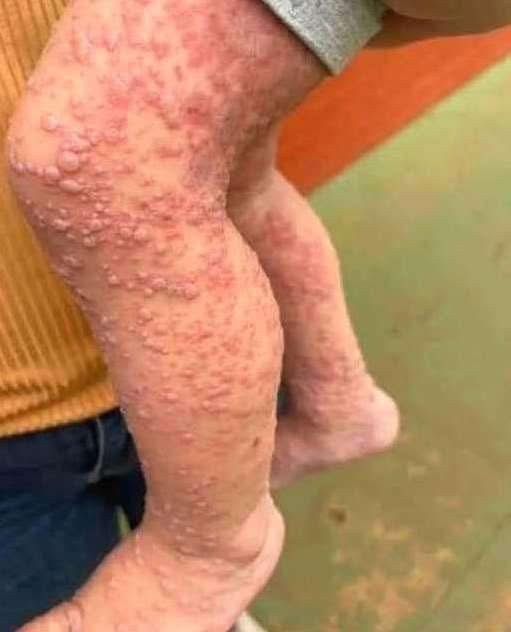Itchy skin is a symptom many people experience at some point in their lives. Often, the cause is minor — a reaction to a new detergent, dry weather, or seasonal allergies. However, in some cases, persistent or widespread itching may point to a more complex health condition, such as chronic hives (also known as chronic urticaria).
This article explores what hives are, how they differ from allergies, what signs to look for, and how medical professionals suggest managing the condition effectively using verified and safe approaches.
Understanding Hives: More Than Just an Allergy
Hives (urticaria) are raised, red, itchy welts that appear on the skin. According to the American Academy of Dermatology (AAD), they occur when the body releases histamine and other chemicals into the bloodstream, typically in response to an allergen or other trigger.
There are two main types:
Acute hives: Appear suddenly and typically resolve within 6 weeks.
Chronic hives: Persist for more than 6 weeks and may recur for months or years.
While acute hives are often linked to allergic reactions — such as to foods, medications, or insect stings — chronic hives are less likely to be caused by identifiable allergens. In many cases, the exact cause remains unknown, thoug

Leave a Reply